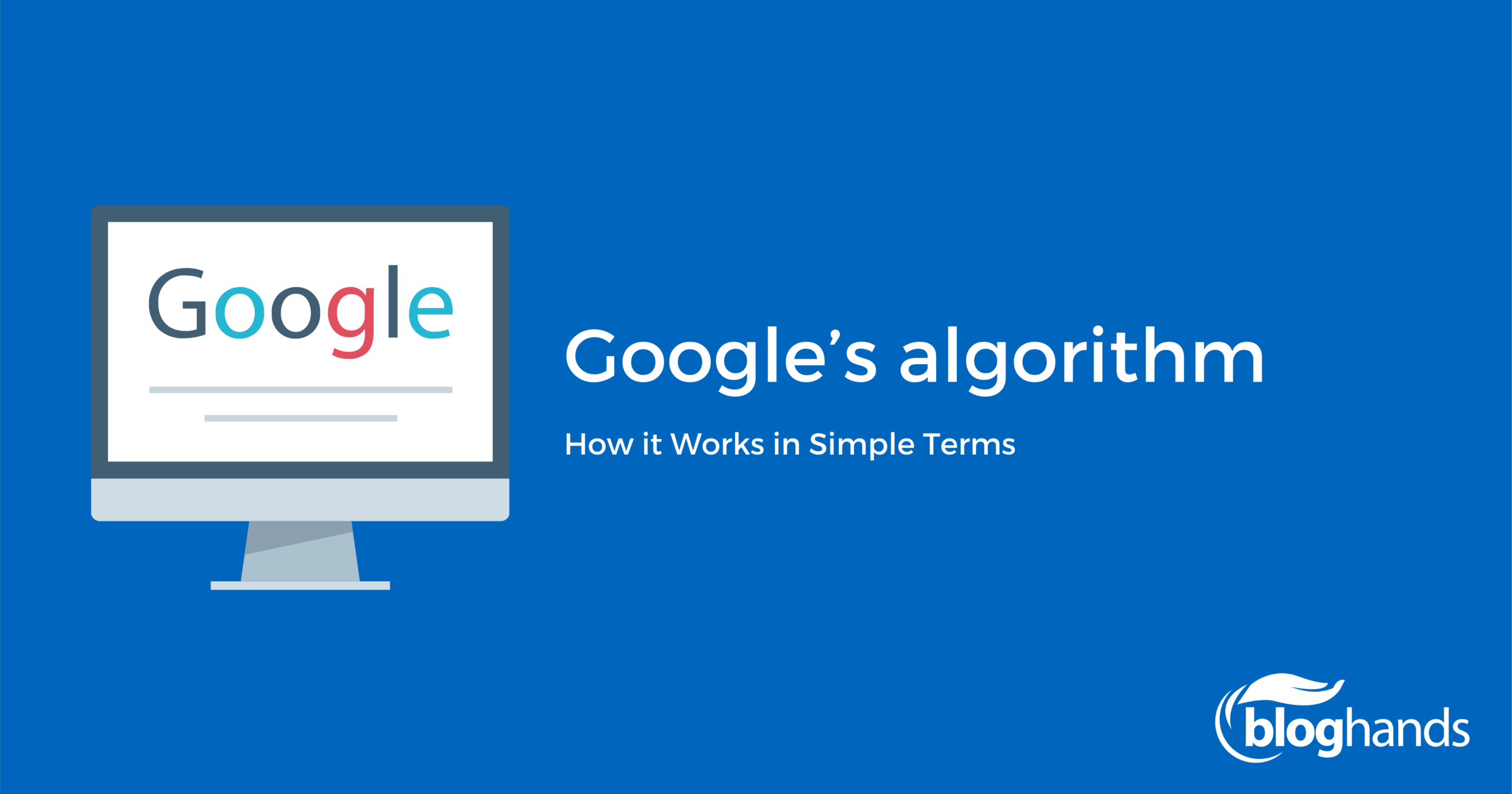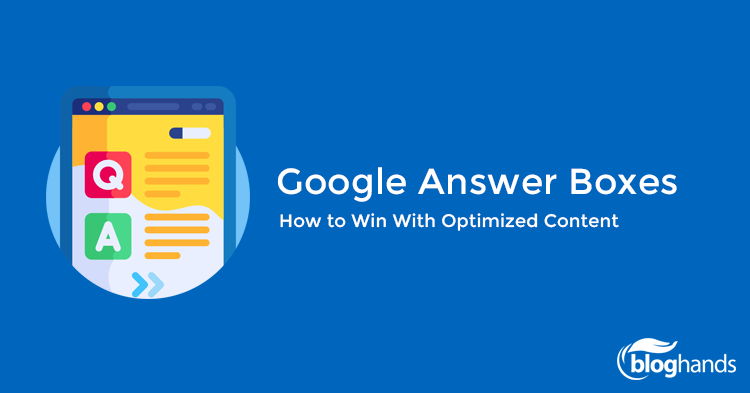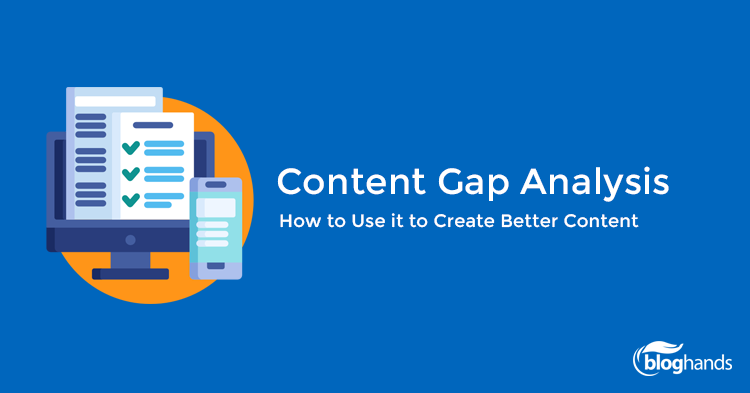How Google’s Search Algorithm Works in Simple Terms
For the typical small business owner, how Google’s search algorithm works is one of life’s great mysteries. Your web pages either appear at the top of the results or where no one can find them. So, how does Google rank web pages?
Google analyzes web pages and adds them to its massive search index. Then, when you perform a search query, complex search algorithms sort through the index to find the most relevant results. The search algorithms use over 200 factors to rank web pages.
User Intent: How to Identify and Understand It
Getting traffic to your website is a ubiquitous goal among website owners. Yet too many stop short of converting that traffic. Understanding user intent will help you boost conversions and lower your bounce rate.
Attempting to attract the right visitors and satisfy their needs is more effective than simply increasing your traffic. If people visit your site but can not fulfill the intent their intent, they will click away. This is no good for your bottom line. The accompanying feelings of frustration and dissatisfaction may even hurt your brand.
User intent is the bedrock of excellent content creation. Let’s start digging. Here is how to find user intent and understand it.
How to Optimize Content for Google Answer Box
So how do you optimize content for the Google Answer Box? If Google thinks there’s a high probability they know what the user is looking for they will be presented with a snippet of rich information at the top of the page. The snippets tend to answer the question concisely or provide the precise information the user is looking for. You can get your content in a Google Answer Box by identifying useful keywords, answering the question concisely, and organizing both your page and your content.
How to Use Content Gap Analysis to Create Better Content
If you want to be the go-to site for your topic and keywords, content gap analysis can take you there. Followed by strategic action, performing content gap analysis is an excellent way to boost the performance of your SEO efforts and increase social shares.
Two things will put you ahead of the competition when it comes to using content gap analysis to create better content. First, throughout content gap analysis, focus on the most important part of your business: your customers. Second, remember that SEO is continuous. Don’t groan. Reap the rewards of a content gap analysis several times a year. Or have a professional blog writing service take care of them for you. A service like Bloghands can ensure you are always improving and meeting the needs of your customers.
Why and How to Optimize Content for Search Intent
Search intent is the ultimate goal of the person searching for content. A search for running shoes may seem a simple enough request at first glance, but the intent behind the search could vary. Is this a potential customer looking to buy a pair of running shoes today in their neighborhood? Or does he want a brand comparison? Does she want to know what makes a shoe a running shoe? If you understand not only what search terms your visitors are using but also why they use them, you can optimize your content for their intent. This means that your site will be more valuable. As a result, your business will be more useful, your visitors will get more of the content they want, and search engines will be more likely to serve your content to their users.
Here's Why Most Marketers Recommend Long-Form Content
They say that everyone has a novel inside them. It’s time for you to embrace your inner novelist because long-form content is hot. Writing in-depth content on subjects that you’re passionate about and that your readers will love is a great way to increase your traffic and boost your business.
Digital marketing gurus, including Neil Patel and Chris Brogan, have been advocating for long-form content. Once you get a handle on what it means to write long-form and how it can benefit your business, we reckon that you’ll be converted too.






